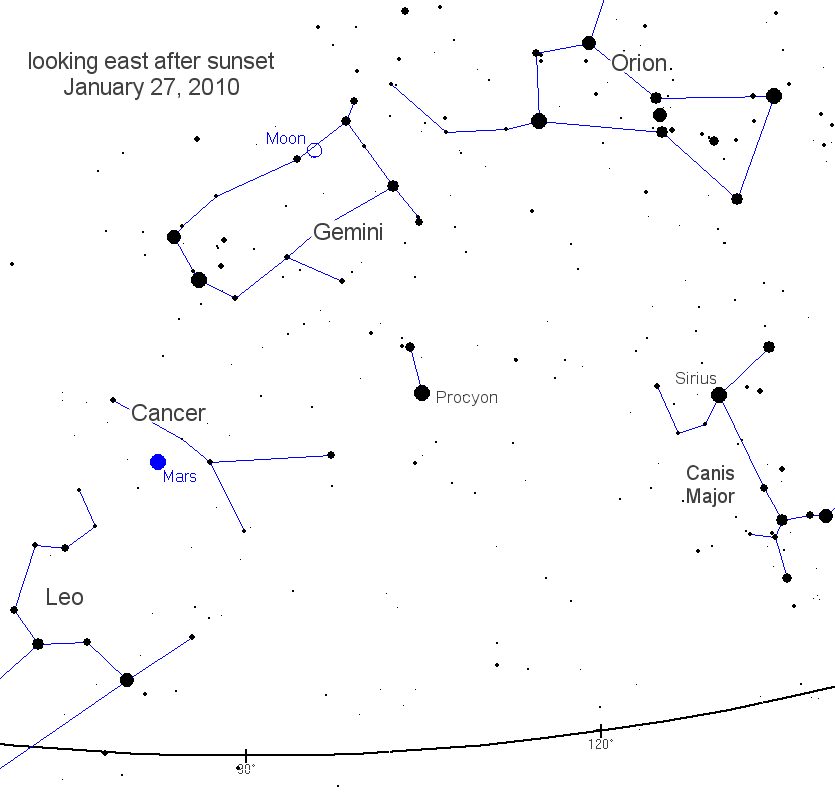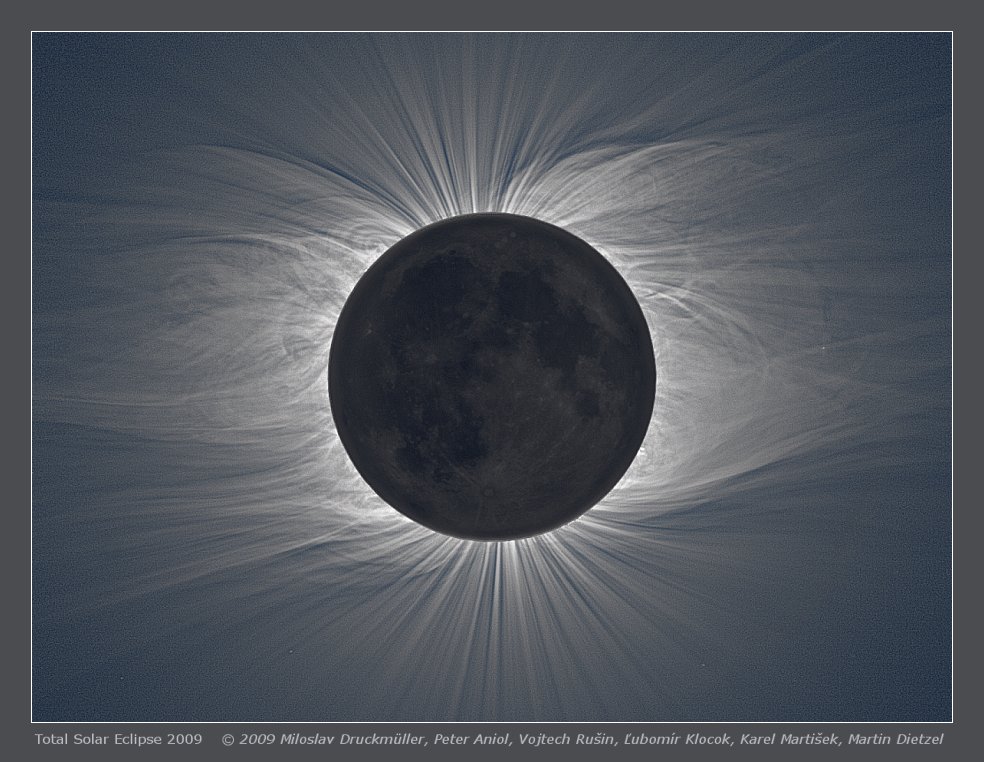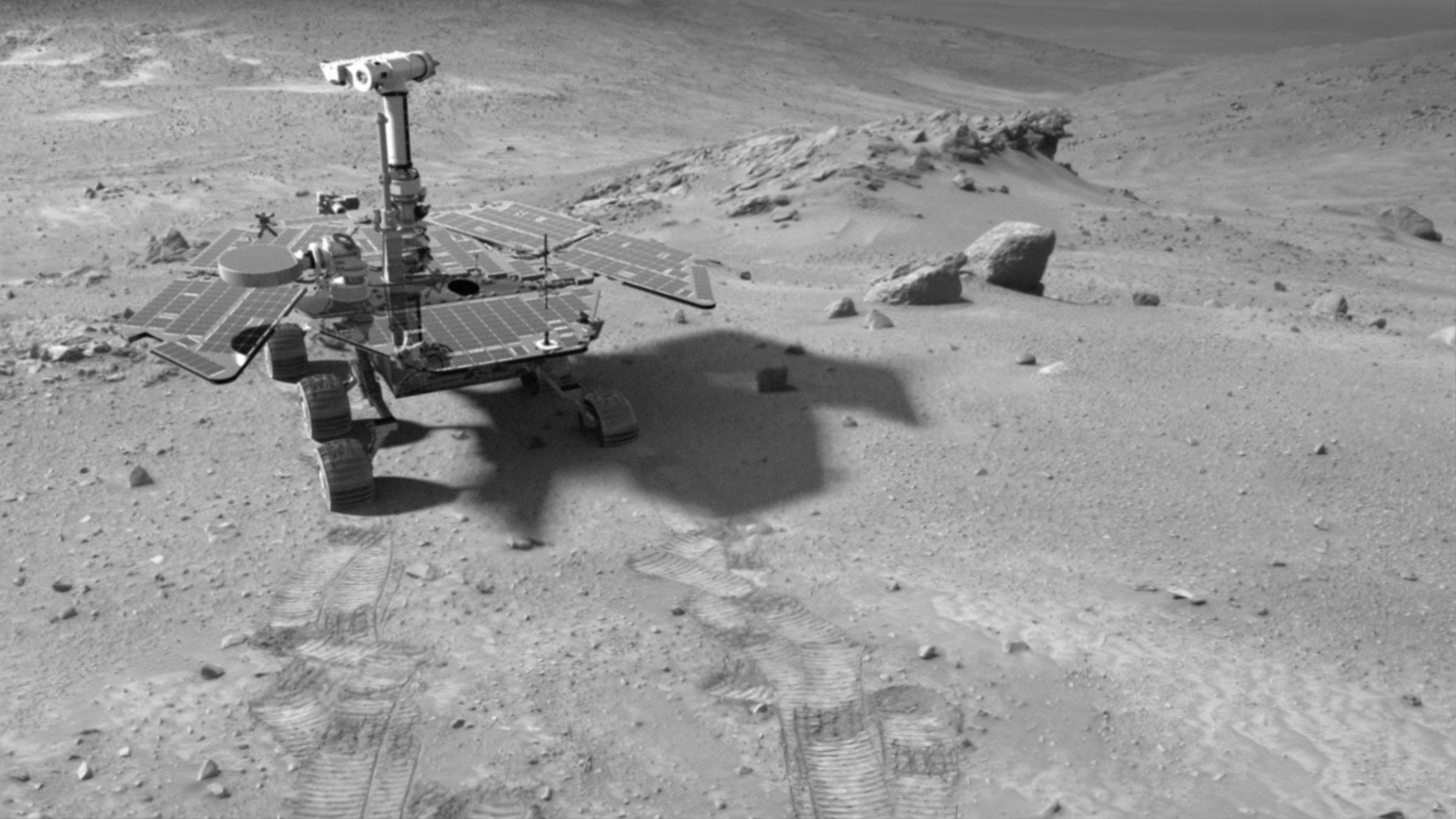 this term occurs tomorrow at 2 pm. Remember: groundwater doesn't always flow from high potential to low potential, it increasingly flows toward money.
this term occurs tomorrow at 2 pm. Remember: groundwater doesn't always flow from high potential to low potential, it increasingly flows toward money.
Sunday, January 31, 2010
First hydrogeology exam...
 this term occurs tomorrow at 2 pm. Remember: groundwater doesn't always flow from high potential to low potential, it increasingly flows toward money.
this term occurs tomorrow at 2 pm. Remember: groundwater doesn't always flow from high potential to low potential, it increasingly flows toward money.
Peer review...
And this: Climate Chief Hid False Glacier Claims At Summit.
Sheesh.
UPDATE: UN climate panel shamed by bogus rainforest claim.
Unbelievable. Will there be any accountability on behalf of the IPCC?
Saturday, January 30, 2010
Black bears prefer minivans...
Fascinating study about some very intelligent bears.
Ownership battle brews...
It's never a good thing when lawyers get involved.
One megajoule barrier...
Read more about the National Ignition Facility project. Here's the significance:
"The peak power of the laser light, which was delivered within a few billionths of a second, was about 500 times that used by the United States at any given time."Wow.
Faster, please.
Friday, January 29, 2010
Dune and interdune environments...
 imaged on Mars inside a crater in Noachis Terra (click to enlarge). Link to NASA press release that describes this impressive image.
imaged on Mars inside a crater in Noachis Terra (click to enlarge). Link to NASA press release that describes this impressive image.RELATED: Shameless self promotion: I will be presenting my talk on the geology of Mars and how it relates to the channeled scablands in eastern Washington next week at Central Washington University. See the Calendar section in the right side bar for details.
Image credit: High Resolution Imaging Science Experiment (HiRISE) camera on NASA's Mars Reconnaissance Orbiter.
A critical evaluation...
UPDATE: Previous related post.
The perigee Moon...
 occurs this evening, resulting in the largest full Moon of 2010. Since Luna's orbit around Earth is elliptical it will position the Moon ~50,000 km closer to Earth this month, resulting in an orb that is 14% wider and 30% brighter than any other full Moon the rest of the year. Shown above are comparative images of the Moon taken in 2004 during perigee and at apogee (click to enlarge).
occurs this evening, resulting in the largest full Moon of 2010. Since Luna's orbit around Earth is elliptical it will position the Moon ~50,000 km closer to Earth this month, resulting in an orb that is 14% wider and 30% brighter than any other full Moon the rest of the year. Shown above are comparative images of the Moon taken in 2004 during perigee and at apogee (click to enlarge).Oh yeah, that bright orange "star" next to the Moon tonight is Mars (see post below).
Image credit: Anthony Ayiomamitis
Thursday, January 28, 2010
How do you learn?
Me? I'm a visual learner, doing best with reading and seeing images/diagrams, remembering things by sight.
Hat tip: CN.
Wednesday, January 27, 2010
Wise words...
-- James Clerk Maxwell
Closest approach of Mars...
 Peaking at magnitude -1.3, Mars will outshine all stars and other planets (except Sirius and Jupiter). Use the star chart provided above (click to enlarge) to find the red planet in the early evening night sky. Read more here about this opportunity to observe Mars up close.
Peaking at magnitude -1.3, Mars will outshine all stars and other planets (except Sirius and Jupiter). Use the star chart provided above (click to enlarge) to find the red planet in the early evening night sky. Read more here about this opportunity to observe Mars up close.Image credit: Star chart courtesy Spaceweather.com.
Tuesday, January 26, 2010
Get used to the view...
This really comes as no surprise, and Spirit will continue to serve as a fixed science and meteorological station if it is able to muster sufficient solar energy to get it through the coming Martian winter.
Just like clockwork...
I might have to wander out to shoot him. With my camera.
Extraordinary coronal detail...
 captured in stunning images acquired during a total solar eclipse earlier this month (click to enlarge). Read more about the Sun's corona.
captured in stunning images acquired during a total solar eclipse earlier this month (click to enlarge). Read more about the Sun's corona.Awesome.
Image credit: Miloslav Druckmüller.
Massive earthquake strikes Pacific northwest...
And, take note of this: "There is evidence of at least 13 events at intervals from about 300 to 900 years with an average of 590 years." So another big one is increasingly probable as time passes.
Monday, January 25, 2010
A certain textbook publisher...
For what it's worth, I'm not participating. I don't see how this reduces (or at least limits the rate of increase) the price of textbooks to students, and in fact, it likely results in the opposite.
Climate melt-down continues...
Previous related post.
RELATED: Global warming ranks dead last as a public priority according to this Pew poll. Seems about right to me, especially since it's increasingly based on poor science and fear mongering, as well as a diminishing public trust of scientists.
UPDATE: Scientists accused of using selective temperature data.
It's time to get your bake on...
Heads up, geo-students! You can compete, too.
Pop, snap, pop...
Admit it - you've spent some delightful time popping bubble wrap. Hey, we all have - it's cathartic.
Good for them...
"A rare and nearly complete dinosaur skeleton stolen from private property in Montana and stored in an evidence locker for more than two years has been turned over to researchers."
Wise words...
-- Aldous Huxley
Sunday, January 24, 2010
Naica Crystal Cave video...
being shot by the BBC as part of a new television series "How Earth Made Us."
Previous related posts about this amazing cave located in a deep Mexican silver mine, and its gigantic gypsum crystals, can be found here and here.
Upcoming local lecture...
"Forensic Geology in Columbia"
Mr. William Schneck
Thursday, 28 January, at noon
Washington State Crime Laboratory
on the EWU campus
Saturday, January 23, 2010
Friday, January 22, 2010
It's the first field work Friday...
Watch out...
"A meteorite, the size of a mango, punched through the ceiling of the Williamsburg Square Family Practice Office in Lorton."The office was occupied at the time of the impact, and fortunately nobody was injured. Good video at the link.
Thursday, January 21, 2010
Other than that...
A 2007 IPCC report, ostensibly written by "Nobel Prize-winning panel of climate scientists," contained no less than five glaring errors in a single paragraph:
"Cogley, who wrote a letter about the problems to Science magazine that was published online Wednesday, cited these mistakes:
• The paragraph starts, "Glaciers in the Himalayas are receding faster than in any other part of the world." Cogley and Michael Zemp of the World Glacier Monitoring System said Himalayan glaciers are melting at about the same rate as other glaciers.
• It says that if the Earth continues to warm, the "likelihood of them disappearing by the 2035 and perhaps sooner is very high." Nowhere in peer-reviewed science literature is 2035 mentioned. However, there is a study from Russia that says glaciers could come close to disappearing by 2350. Probably the numbers in the date were transposed, Cogley said.
• The paragraph says: "Its total area will likely shrink from the present 500,000 to 100,000 square kilometers by the year 2035." Cogley said there are only 33,000 square kilometers of glaciers in the Himalayas.
• The entire paragraph is attributed to the World Wildlife Fund, when only one sentence came from the WWF, Cogley said. And further, the IPCC likes to brag that it is based on peer-reviewed science, not advocacy group reports. Cogley said the WWF cited the popular science press as its source.
• A table says that between 1845 and 1965, the Pindari Glacier shrank by 2,840 meters. Then comes a math mistake: It says that's a rate of 135.2 meters a year, when it really is only 23.5 meters a year."
Previous related post.
Wednesday, January 20, 2010
Diamond oceans...
This doesn't bode well for the hyper-inflated diamond market on Earth. Watch out De Beers.
RELATED: Makes this one seem pretty puny.
Images of the cryosphere...
Tuesday, January 19, 2010
That's why they're called...
Monday, January 18, 2010
Wise words...
-- Thomas Hobbes
Sunday, January 17, 2010
Building a high-tech instrument...
for the next Mars rover, in a clean room, with gloved hands, one itsy bitsy piece at a time. In a couple of words: skill and patience.
Dan Carrigan is the brother of a very good friend of mine, CC, and we've all spent some time together exploring canyon country in southern Utah. He is shown here assembling a component of the Sample Analysis at Mars Instrument Suite (SAM).
Think about the sense of pride and accomplishment he must feel to have a hand in building these one-of-a-kind devices, then to see your instrument launched to various destinations in our solar system and perform, most of the time, flawlessly and for longer periods than originally intended.
Keep up the great work, Dan.
One year anniversary...
 of this silly blog occurs today, with this, the 1,387th post. Here's the first.
of this silly blog occurs today, with this, the 1,387th post. Here's the first.
Saturday, January 16, 2010
Friday, January 15, 2010
Big duh...
Perfect timing, too. We have a three day holiday weekend coming up.
Fifth anniversary of the...
 successful landing on Titan, the largest moon of Saturn, occurs today. The soft-landed Huygens probe returned the first image from the surface of the haze-shrouded moon that revealed frozen hydrocarbon pebbles (click to enlarge).
successful landing on Titan, the largest moon of Saturn, occurs today. The soft-landed Huygens probe returned the first image from the surface of the haze-shrouded moon that revealed frozen hydrocarbon pebbles (click to enlarge).Read more here about this fascinating place in our solar system which is "the only object other than Earth for which clear evidence of stable bodies of surface liquid has been found."
Thursday, January 14, 2010
Do you stink?
Sheesh. What will they think of next?
An image of Earth...
 from space showing recent volcanic activity at Kilauea volcano, Hawaii in early December 2009 (click to enlarge). Plumes emanate from Halema‘uma‘u Crater (upper left) and Pu‘u O‘o Crater (center right). The smallest plume (to the right of Pu‘u O‘o) marks the Thanksgiving Eve Breakout Vent that formed in 2007.
from space showing recent volcanic activity at Kilauea volcano, Hawaii in early December 2009 (click to enlarge). Plumes emanate from Halema‘uma‘u Crater (upper left) and Pu‘u O‘o Crater (center right). The smallest plume (to the right of Pu‘u O‘o) marks the Thanksgiving Eve Breakout Vent that formed in 2007.Image credit: Advanced Land Imager on NASA’s Earth Observing-1 satellite, 11 December 2009.
Will the approaching Martian winter...
I hope not, but it sure has performed well beyond expectations.
Wednesday, January 13, 2010
Haitian earthquake recorded...

RELATED: USGS podcast.
Tuesday, January 12, 2010
Caribbean Sea rocked...
UPDATE: Link to slideshow of damage (very graphic).
Drilling in the rain...
Monday, January 11, 2010
Better late than never...
EWU Geology Club...
/end public service announcement
Note to club officers: There are no flyers posted in the hallways around the department advertising this first meeting, and the email announcement went out late last night at 10 pm. Not exactly a successful formula for wide participation of potentially interested students.
Is a mini ice age upon us?
 Here's an interesting view, in stark contrast to the exaggerated alarmism espoused by the puzzled-looking gentleman pictured above. Quick bite:
Here's an interesting view, in stark contrast to the exaggerated alarmism espoused by the puzzled-looking gentleman pictured above. Quick bite:"According to the US National Snow and Ice Data Centre in Colorado, Arctic summer sea ice has increased by 409,000 square miles, or 26 per cent, since 2007 – and even the most committed global warming activists do not dispute this.We'll see. Read the whole thing.
...last week 56 per cent of the surface of the United States was covered by snow. ‘That hasn’t happened for several decades,’ he pointed out. ‘It just isn’t true to say this is a blip. We can expect colder winters for quite a while.’"
UPDATE: December 2009 was 14th coldest in 115 years and second snowiest in 44 years.
Sunday, January 10, 2010
Top four sites to land on Mars...
 and their biggest mysteries. The next rover mission, the Mars Science Laboratory (MSL), is set to launch in the fall of 2011, and the linked article describes the final group of potential science targets selected from an original list of 50. The map shown above (click to enlarge) highlights the final four in bold, white labels. (Read more about the technical review process.)
and their biggest mysteries. The next rover mission, the Mars Science Laboratory (MSL), is set to launch in the fall of 2011, and the linked article describes the final group of potential science targets selected from an original list of 50. The map shown above (click to enlarge) highlights the final four in bold, white labels. (Read more about the technical review process.)This is not a trivial exercise. Consider mounting a similar exploration mission to Earth, and you were given the opportunity to land a sole robotic explorer at only a single location, while attempting to optimize both geological and biological science goals. In addition, you are further constrained by safety and the operational limits of the spacecraft, and must set down within a defined range of latitude and below a certain land surface elevation.
So, where would you land on Earth?
Image credit: NASA/JPL.
Smallest map of the world...
Kinda hard to use, however.
Saturday, January 9, 2010
Friday, January 8, 2010
Extending the geologic time scale...
Indeed, the Promethean Period has a certain ring to it.
Thursday, January 7, 2010
Trade in used textbooks...
Strolling tetrapod...
"The presence of footprints in rocks of this age is surprising: The tracks date to 18 million years before body fossils of tetrapods show up in the geological record.
...the findings “force a radical reassessment of the timing, ecology and environmental setting of the fish-tetrapod transition.” While previous studies have suggested that the first tetrapods hauled up on lakeshores or in freshwater deltas, these trackways hint that the water-to-land transition could have happened in a shallow marine setting."
I see one small problem...
 with the new Nexus One smartphone from Google - it's obviously way too big to carry in your pocket as the picture clearly shows (click to enlarge).
with the new Nexus One smartphone from Google - it's obviously way too big to carry in your pocket as the picture clearly shows (click to enlarge).
Now that's a big pi...
"Computer scientist Fabrice Bellard said he has computed the mathematical constant pi to nearly 2.7 trillion digits, some 123 billion more than the previous record, BBC News reported.That's quite the accomplishment, but it seems like a terrible waste of a terabyte of hard disk space to me.
Bellard used a desktop computer to perform the calculation, taking a total of 131 days to complete and check the result. He said his version of pi takes over a terabyte of hard disk space to store."
Wednesday, January 6, 2010
Space shuttle Endeavour...
EWU geology majors...
/end public service announcement
Videos taken in the Arctic...
Thanks, SN, for sharing! I don't think National Geographic could have done any better.
Tuesday, January 5, 2010
Monday, January 4, 2010
I am saddened to report...
Ancient lake basins...
 on Mars? New images from the Mars Reconnaissance Orbiter "suggest that during the Hesperian Epoch, approximately 3 billion years ago, Mars had lakes made of melted ice, each around 20 km wide, along parts of the equator."
on Mars? New images from the Mars Reconnaissance Orbiter "suggest that during the Hesperian Epoch, approximately 3 billion years ago, Mars had lakes made of melted ice, each around 20 km wide, along parts of the equator."I am most intrigued by the channel connecting two of the basins shown in the image above (click to enlarge).
Classes commence today...
A career in hydrology...
No wonder my hydrogeology course is filled to capacity this term.
Sunday, January 3, 2010
Dinosaur chopsticks...
 for your next geo-geek party, including ankylosaurus, brontosaurus, parosaurolophus, pteranodon, stegosaurus, T-Rex (tyrannosaurus rex), triceratops, and velociraptor. Get 'em here, and don't pass up the dinosaur cookie cutter.
for your next geo-geek party, including ankylosaurus, brontosaurus, parosaurolophus, pteranodon, stegosaurus, T-Rex (tyrannosaurus rex), triceratops, and velociraptor. Get 'em here, and don't pass up the dinosaur cookie cutter.
Six years...
 on Mars: Spirit Faces Uncertain Future As Sixth Anniversary Nears. NASA/JPL staff gimmicked this photo (click to enlarge) by artificially inserting the robotic geologist in an image taken on the 438th Martian day (27 March 2005) while it was exploring the Columbia Hills in Gusev Crater.
on Mars: Spirit Faces Uncertain Future As Sixth Anniversary Nears. NASA/JPL staff gimmicked this photo (click to enlarge) by artificially inserting the robotic geologist in an image taken on the 438th Martian day (27 March 2005) while it was exploring the Columbia Hills in Gusev Crater.
Saturday, January 2, 2010
Number nerds rejoice...
Enjoy!
Friday, January 1, 2010
Don't blame the technology...
I liken this to using a table saw in a wood shop - it can cause great harm if you're inattentive or using it incorrectly. That's certainly not the tool's fault, but the person operating the equipment.
Previous related post.








